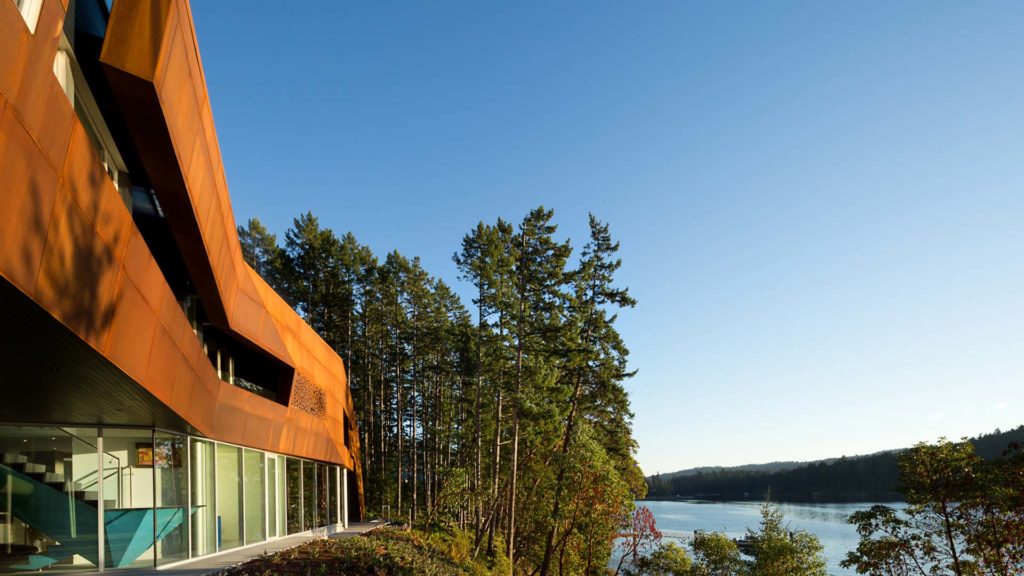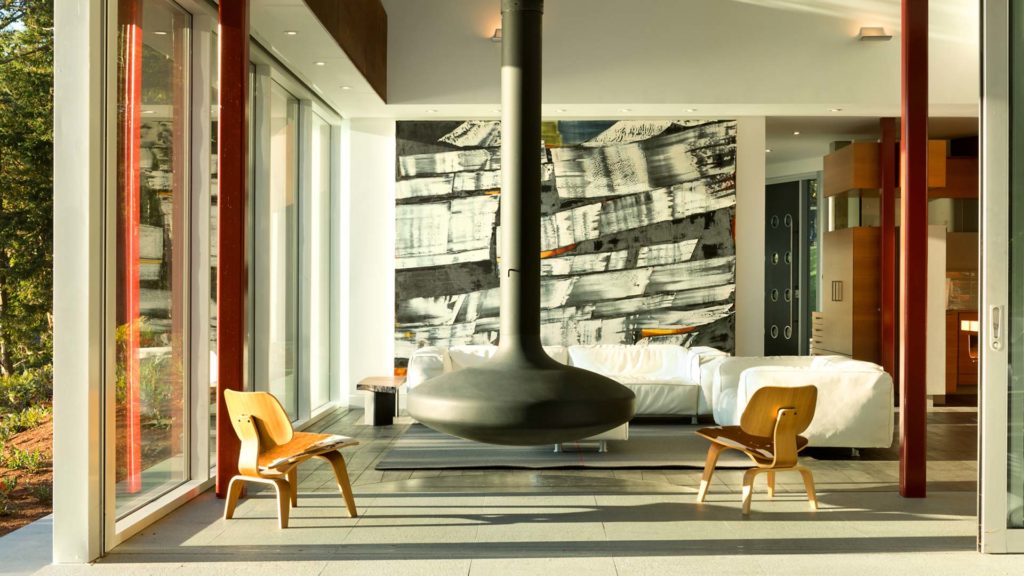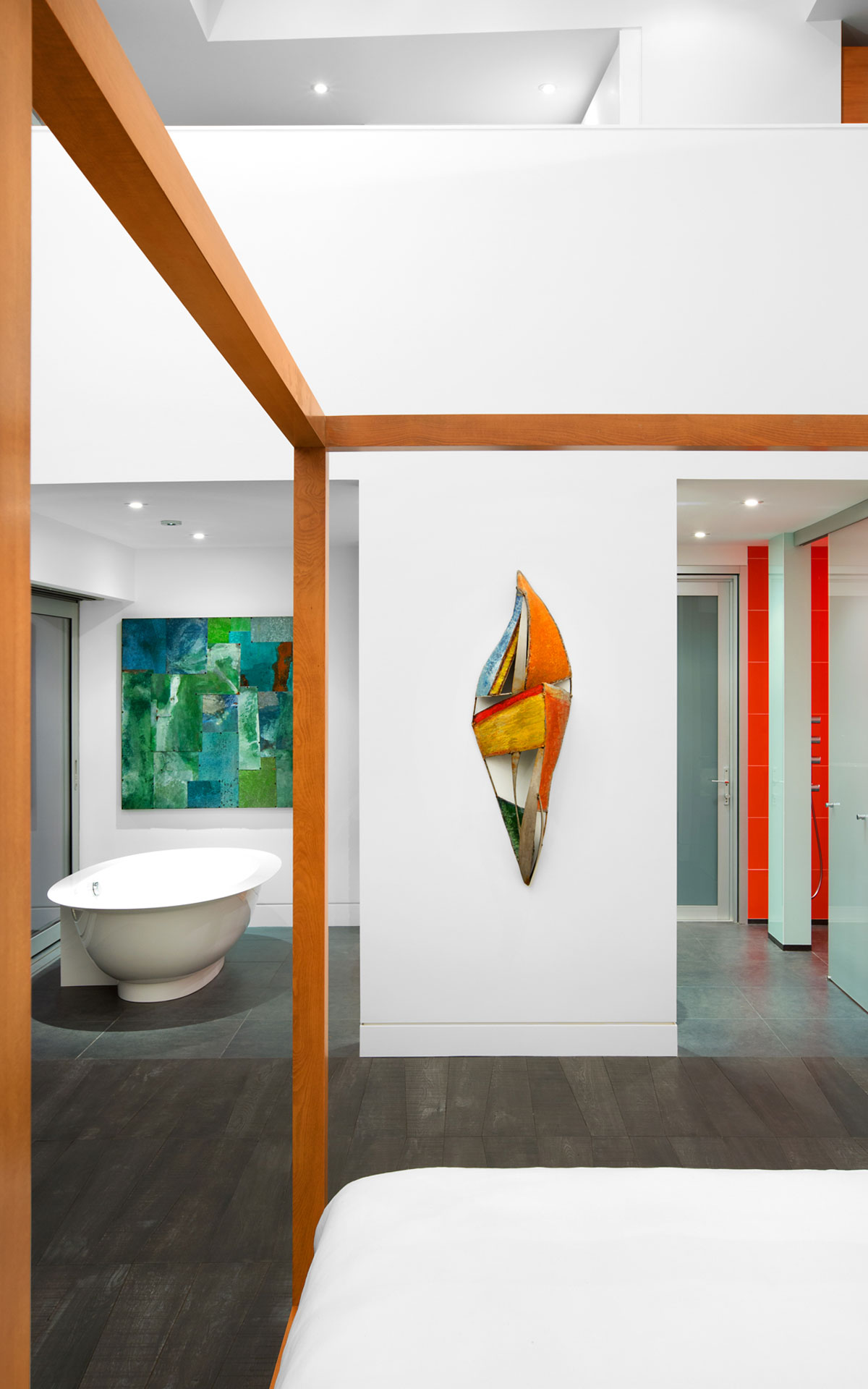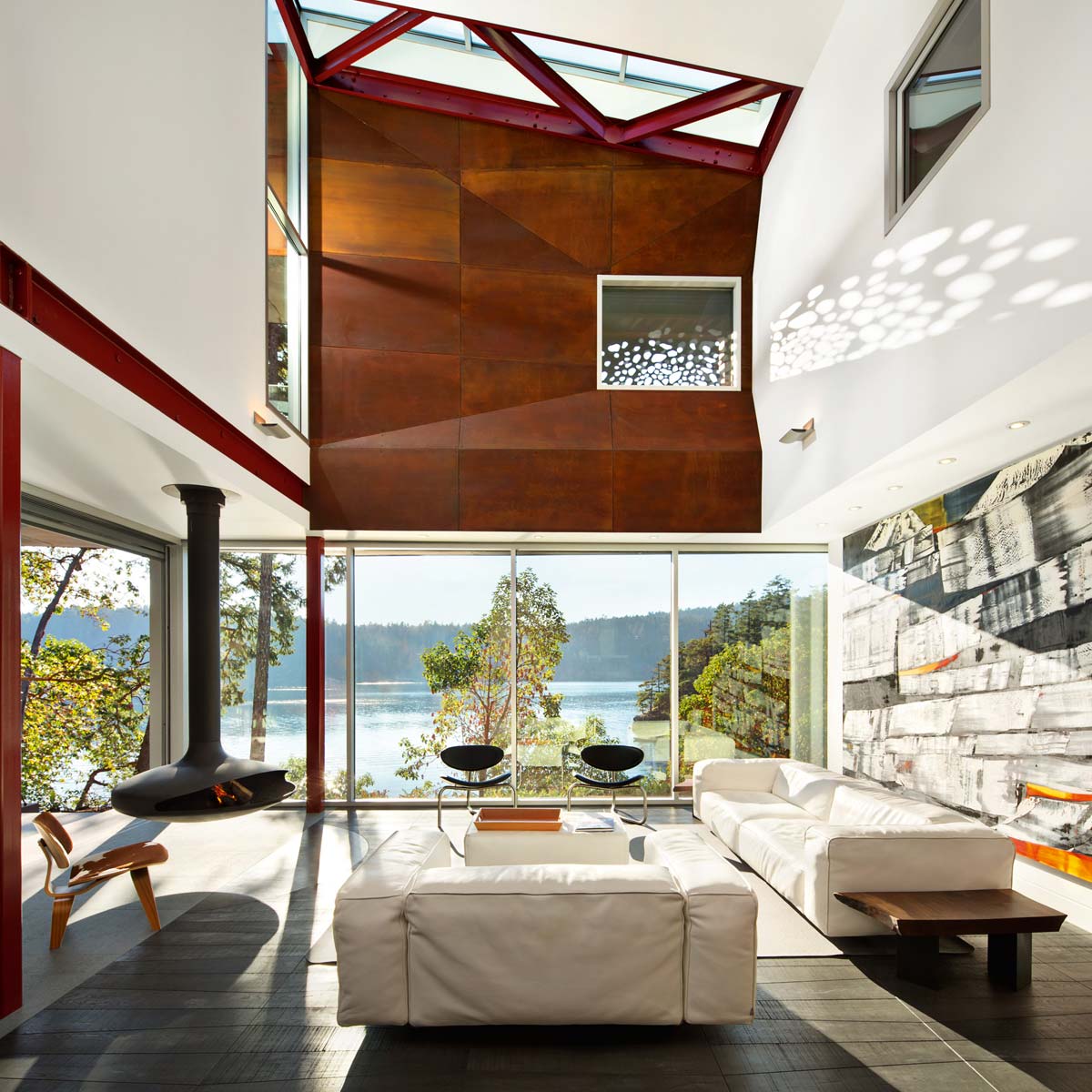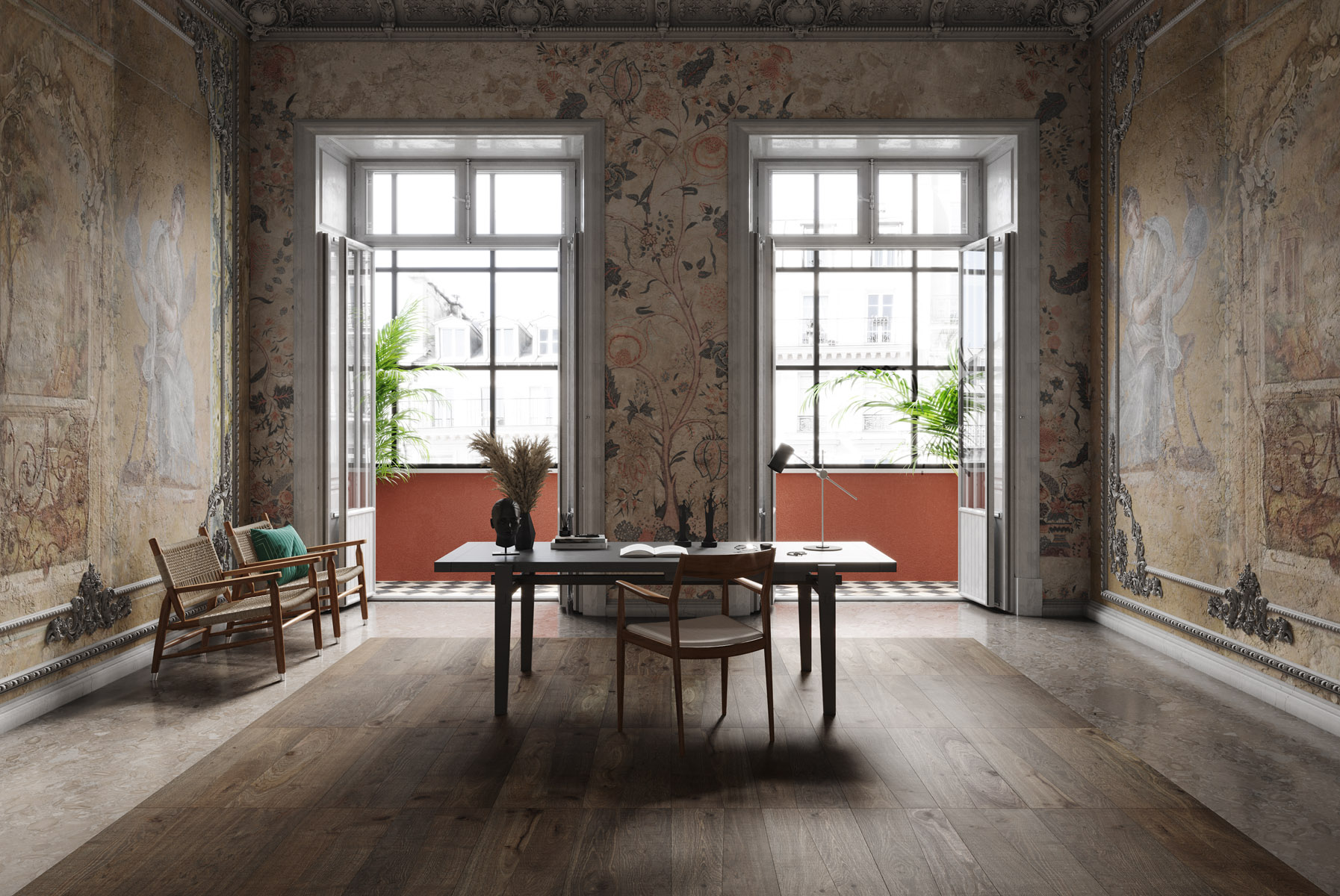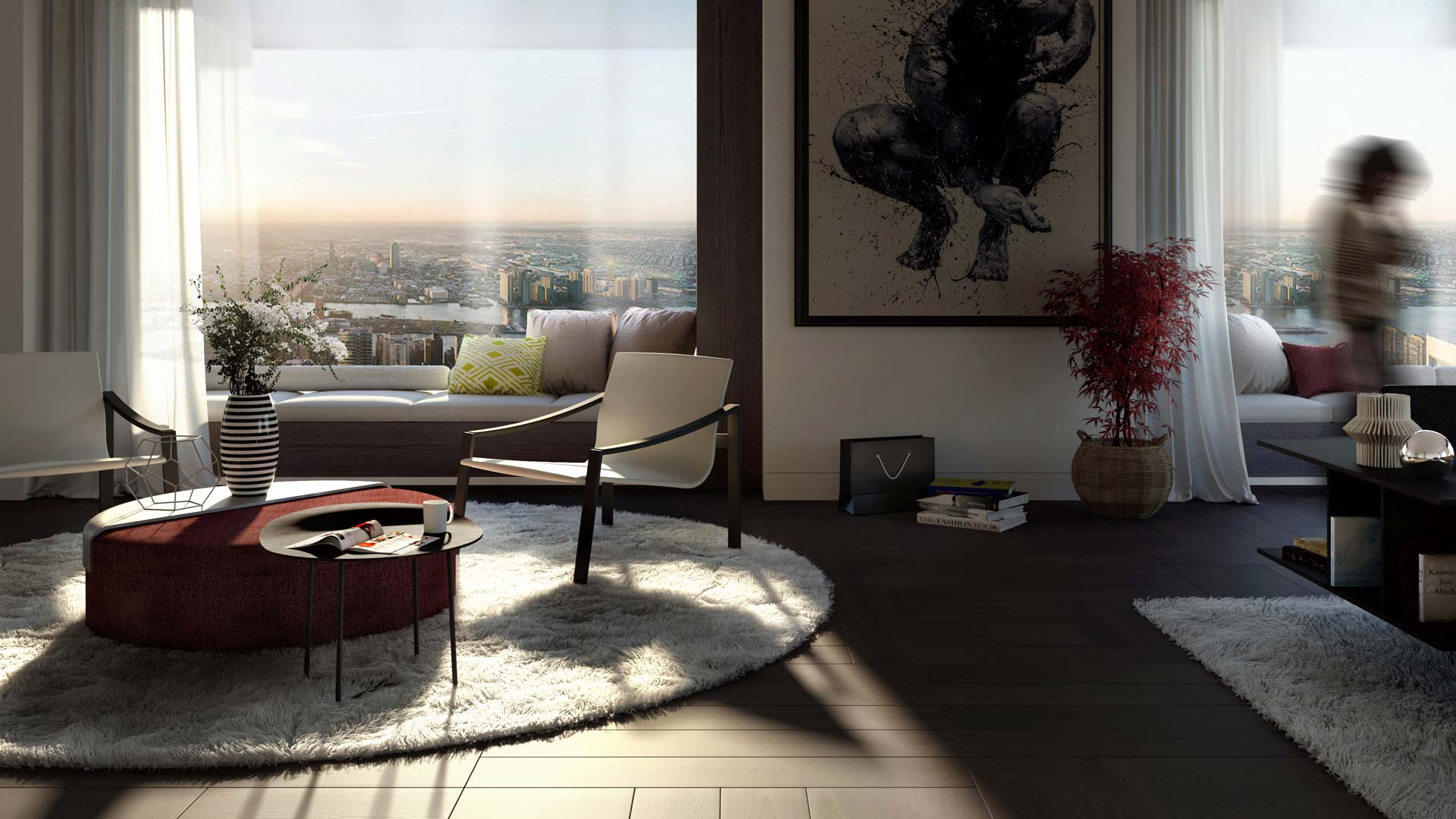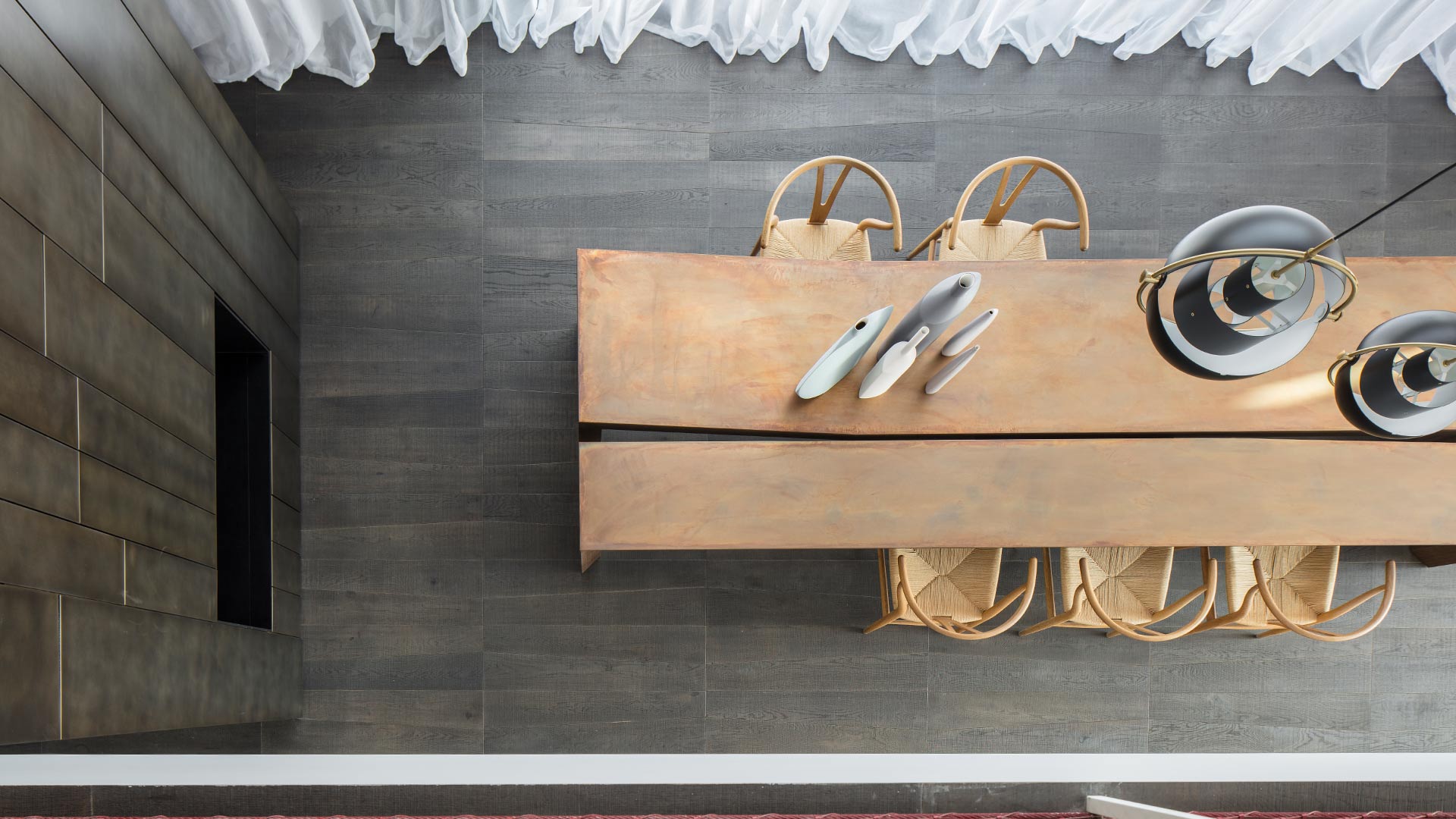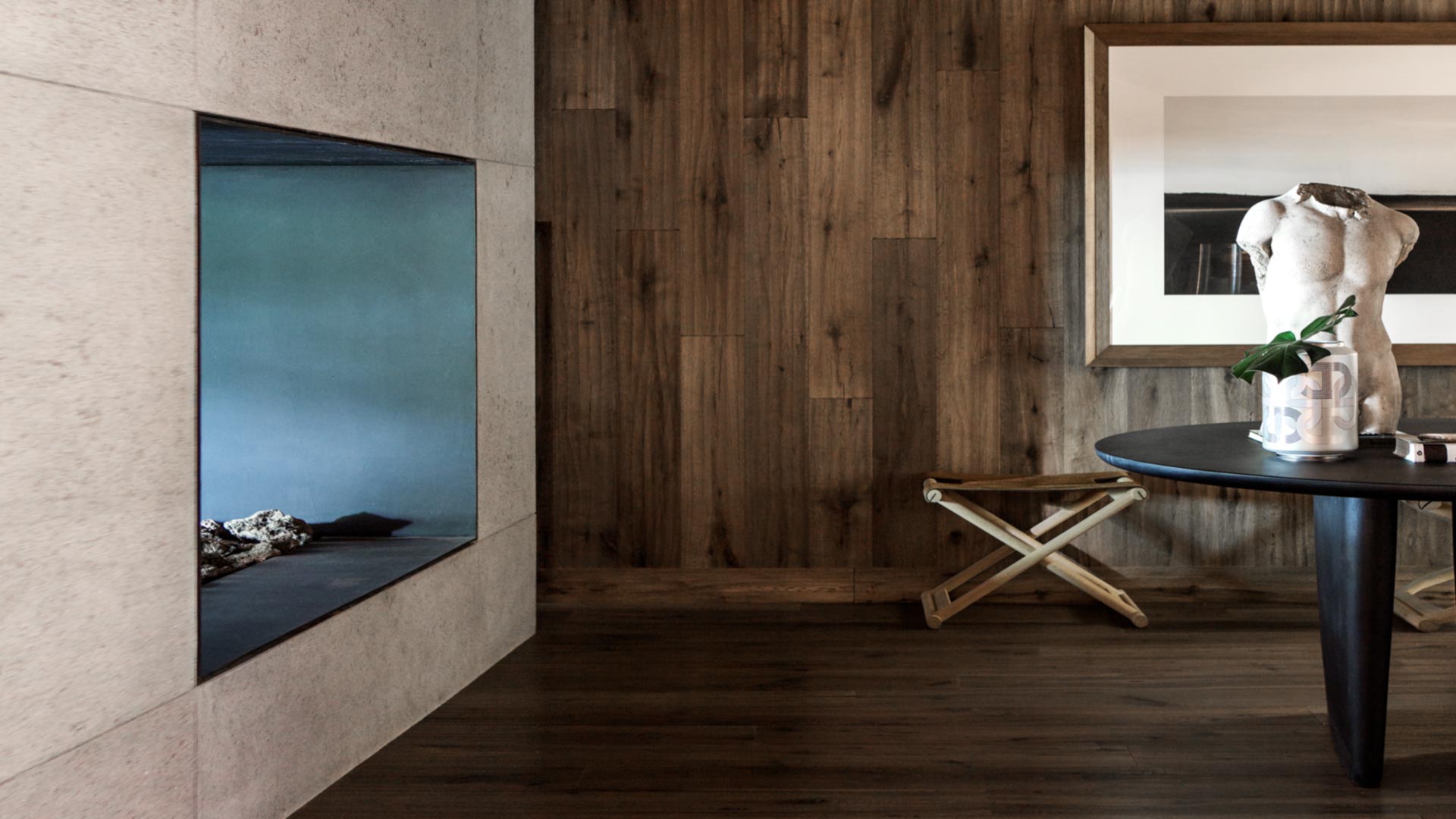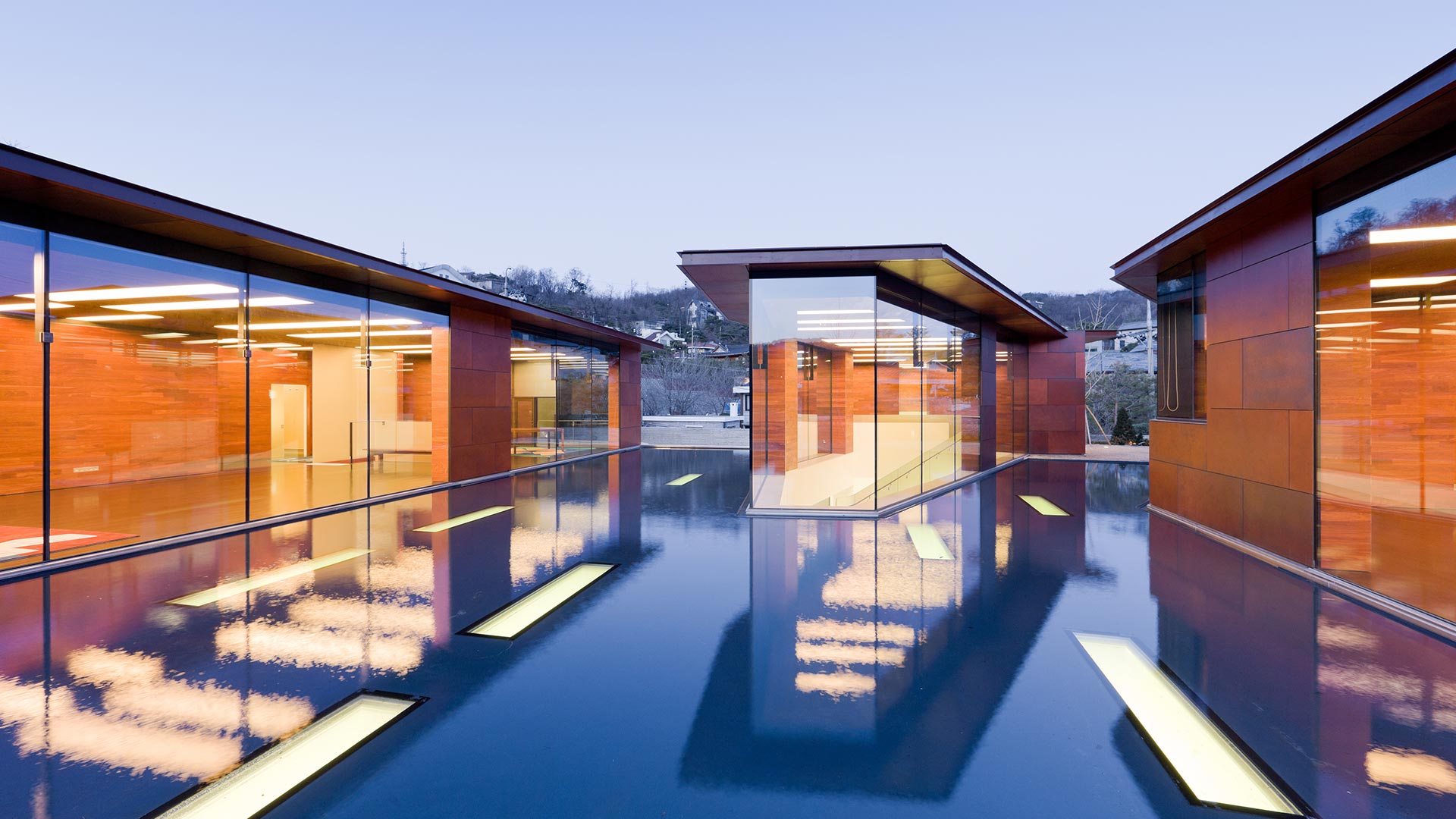Gulf Islands Canada
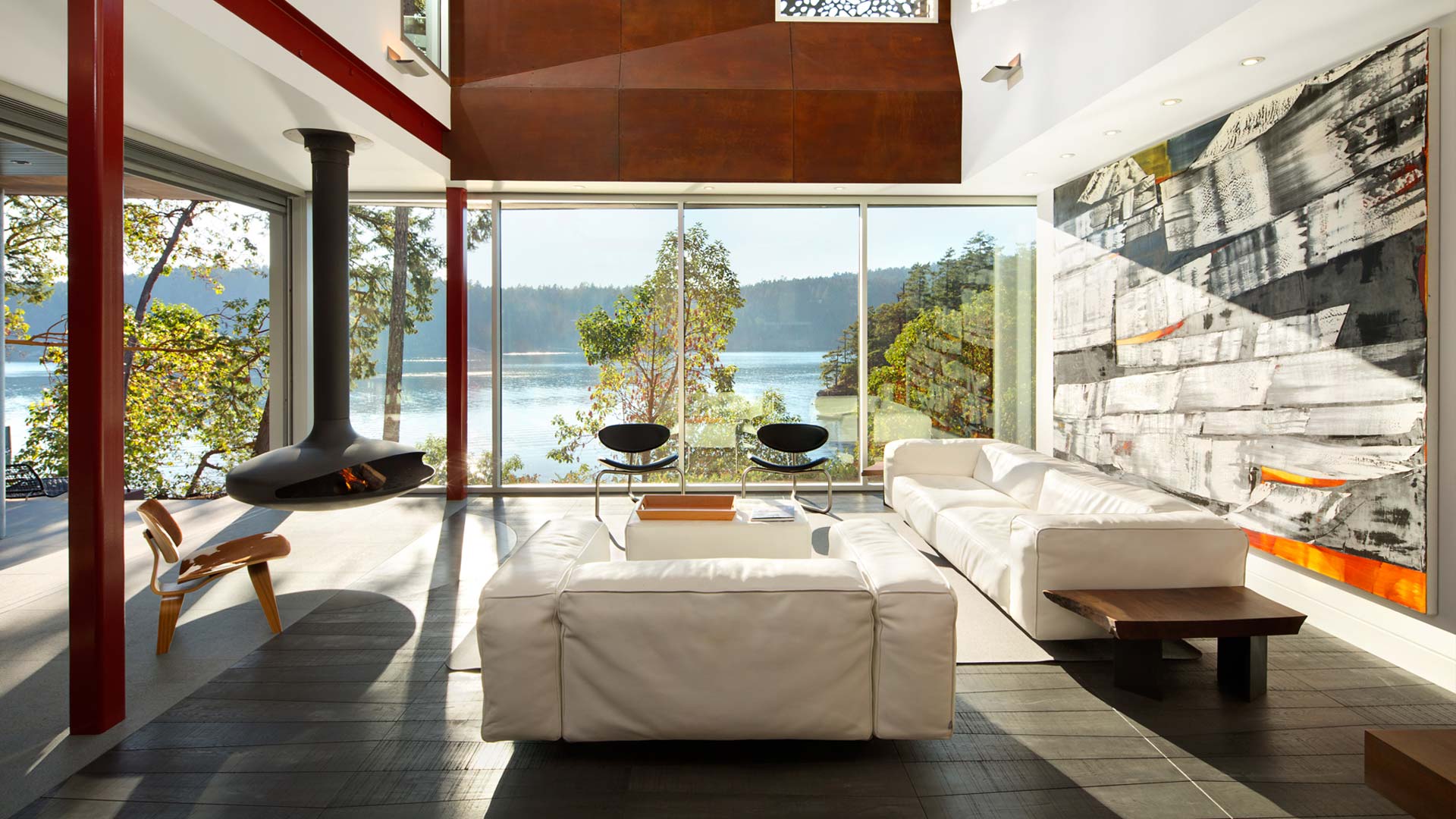
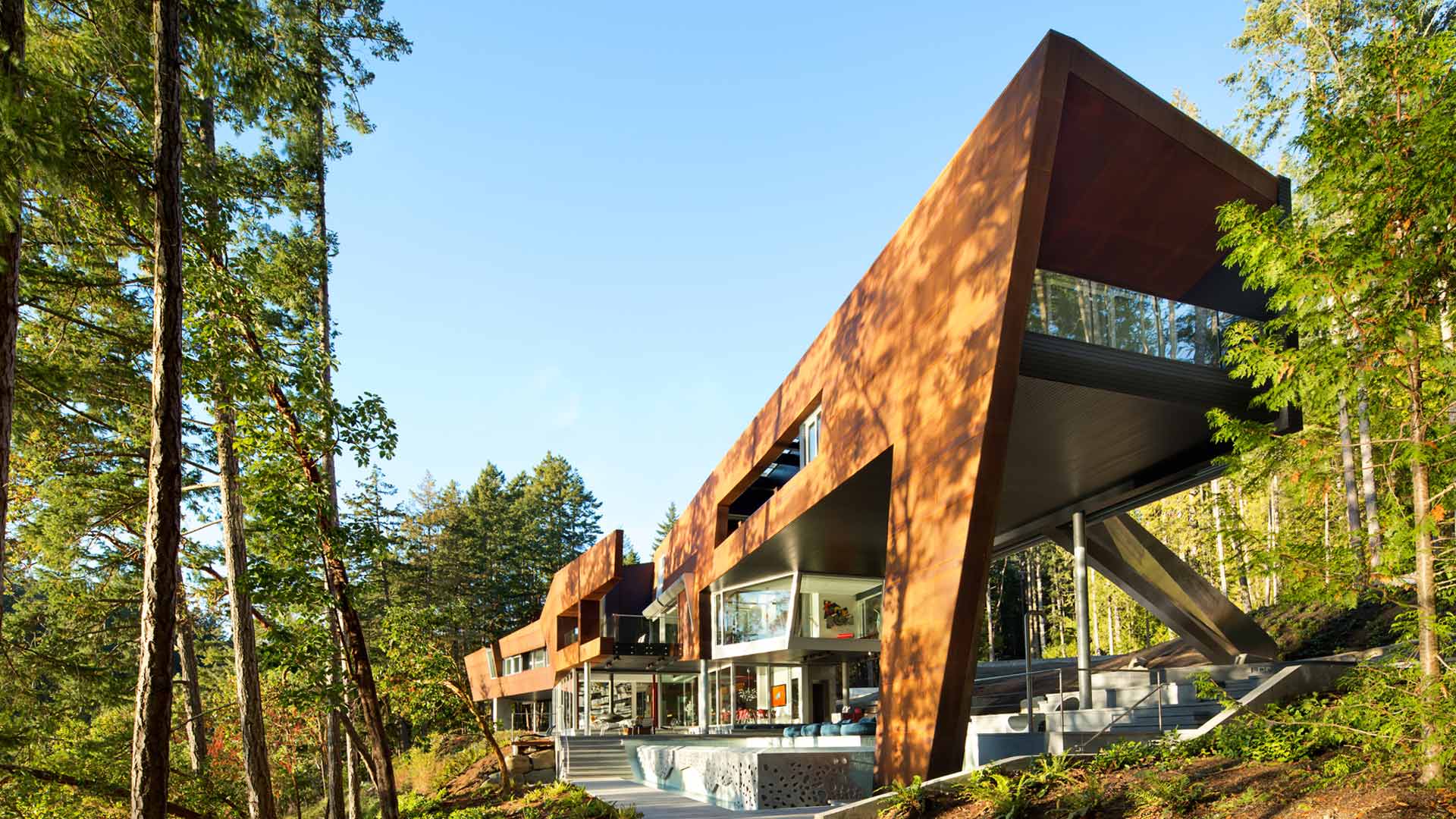
Location: Vancouver
Natural Genius Medoc
Architects: AA Robins Architect
Year: 2015
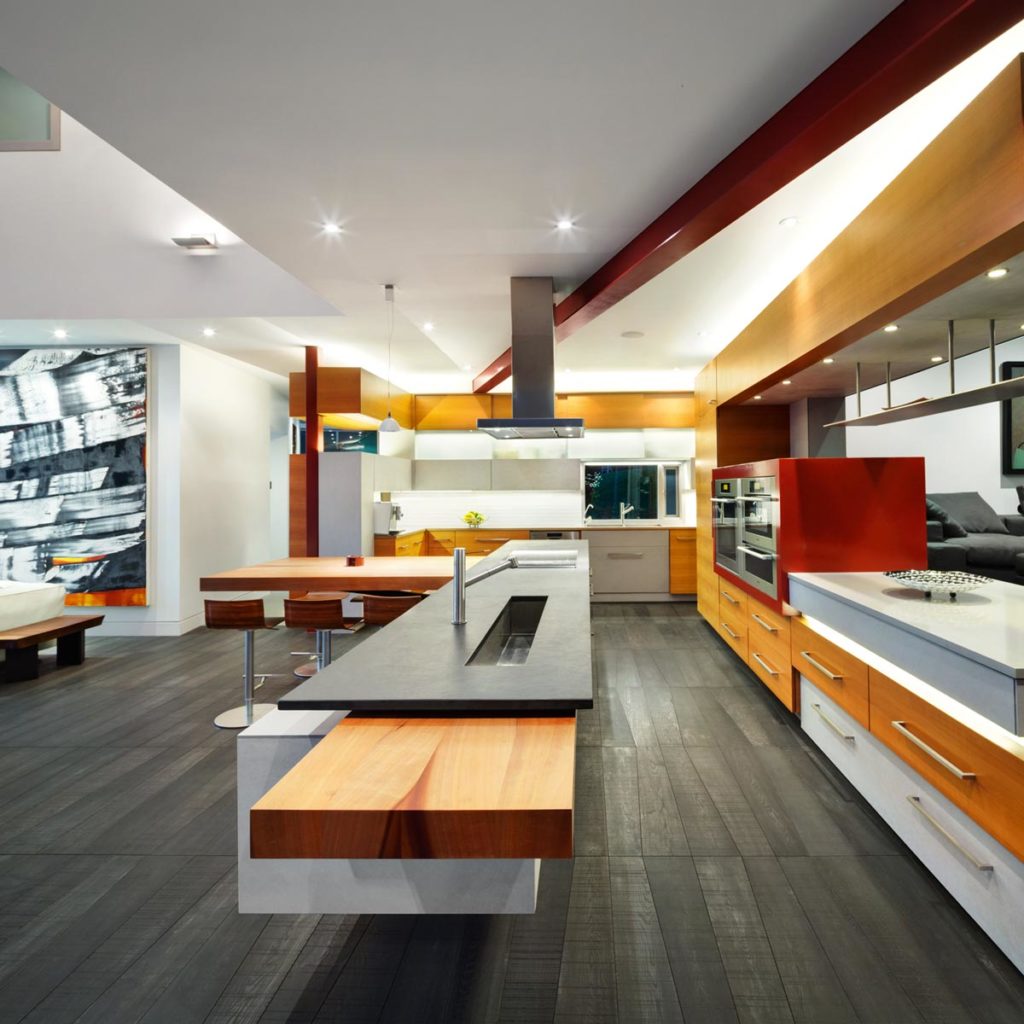
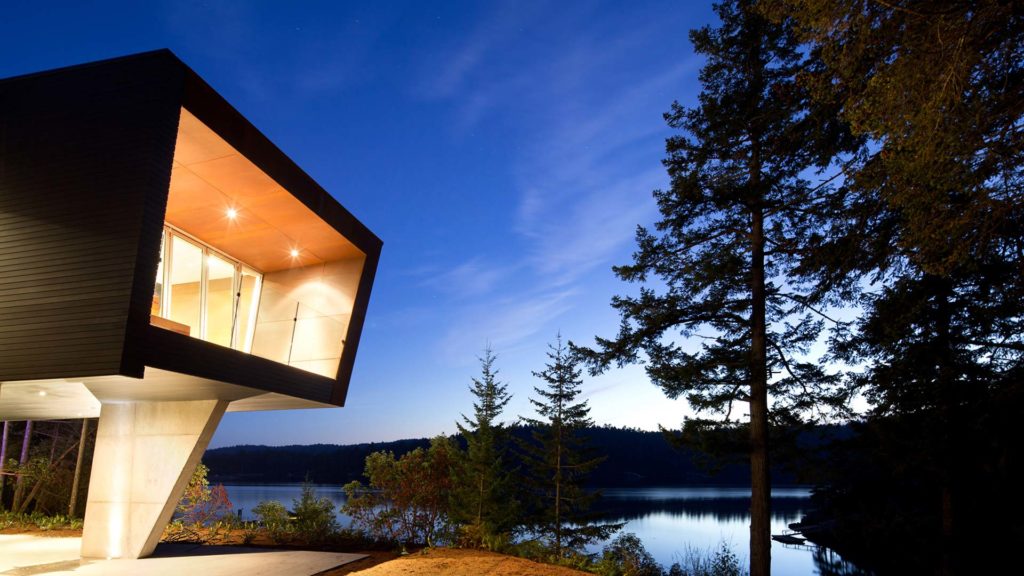
This holiday home designed by architect AA Robins overlooks an isolated bay in the Gulf Islands that lie in the channel between the Canadian City of Vancouver and Vancouver Island. The design stands out for the harmonious integration into the natural surroundings, the interaction between indoor and outdoor spaces, and the emphasis placed on design details and reducing energy consumption.
The rusty layer of the steel cladding takes on the colours of the ground and the tree trunks, while the glazed walls of the house, which almost exclusively face the bay, can slide open to eliminate all barriers between indoors and outdoors and to allow direct access to the patio and the swimming pool in summer. The latter can be used for a number of months a year as a geothermal installation powered by the ocean provides hot water for both the pool and the underfloor heating system.
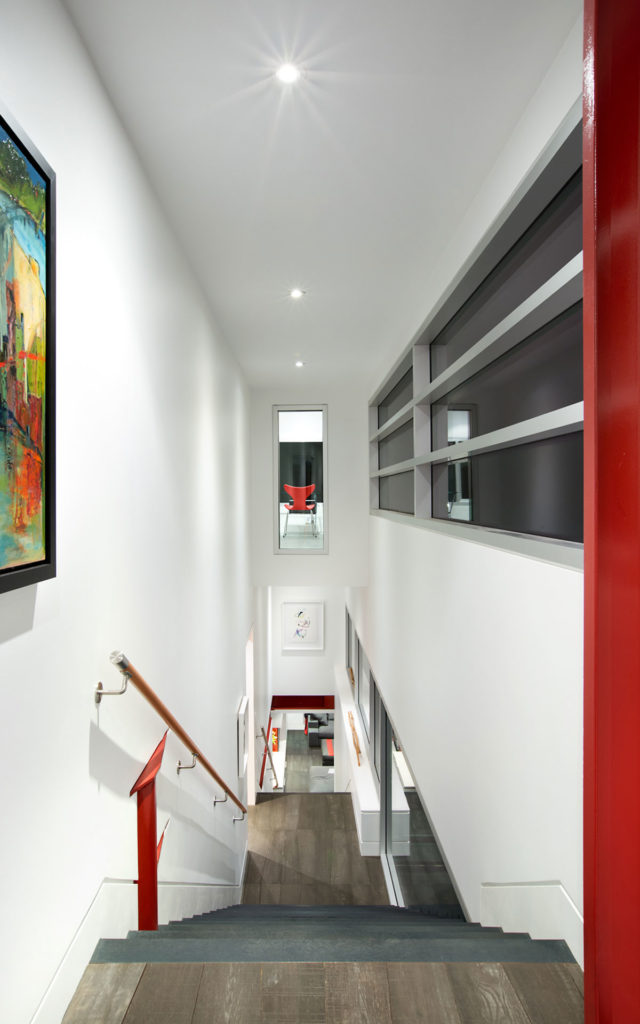
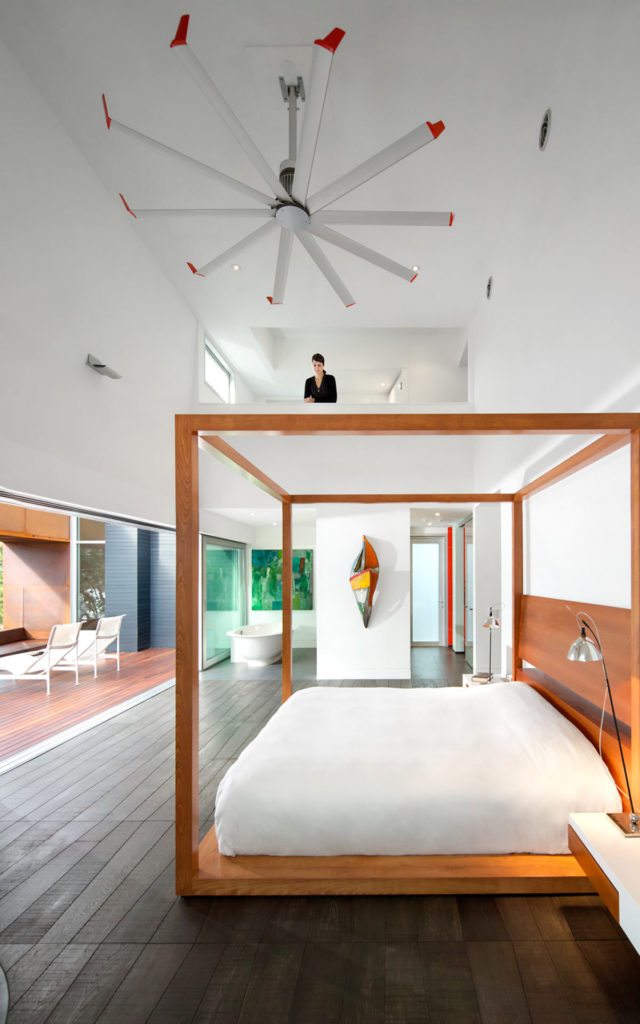
The house is ‘camouflaged’ in arbutus wood and stretches longitudinally, almost embracing the bay below. It is practically invisible from the water, but the view across the sea is completely open as the house is mostly raised above the ground. The rusty layer of the steel cladding takes on the colours of the ground and the tree trunks, while the glazed walls of the house, which almost exclusively face the bay, can slide open to eliminate all barriers between indoors and outdoors and to allow direct access to the patio and the swimming pool in summer. The latter can be used for a number of months a year as a geothermal installation powered by the ocean provides hot water for both the pool and the underfloor heating system.
The intersection of volumes, the blending of materials, and the combinations of architectural and sculptural elements produce a highly fluid space with both private and more social areas that open towards the surrounding nature and draw it in.
Spatial boundaries are also reduced through the careful choice of forms and materials – wood, stone, metal, glass – for inside and outside. The wood from the trees that were cut down for the construction has been re-purposed for the furniture or interior structural elements, while the holes in the rocks along the coast are ‘reproduced’ in sculpted holes in the containment wall for the pool and the façade cladding.
The floors combine stone, ceramic tiles and wood. The entrance and a section of the living area are clad in granite, while the bathrooms feature basalt slabs and the other rooms have Medoc oak boards. These were designed by Michele De Lucchi for Listone Giordano with a trapezoidal shape that recalls the natural profile of a trunk.
Using materials in different combinations and contrasts creates colour dynamics and material effects that can be found across each level of the project, from the overall architectural design down to the interior and design details. This focus on quality has been essential in earning the designer three major awards: Eco Designer of the Year, Architect of the Year and Interior Designer of the Year.
